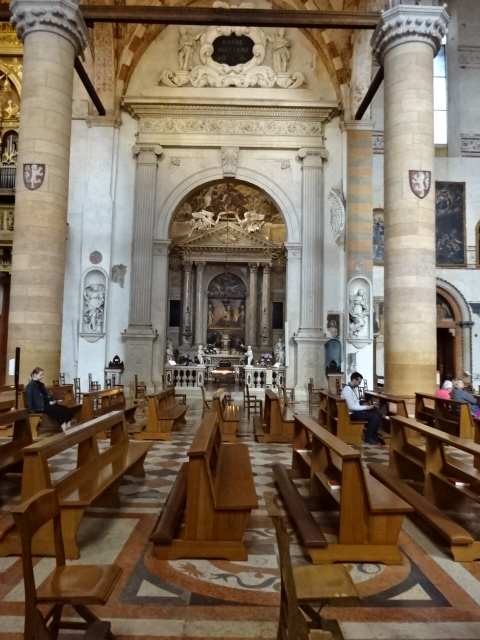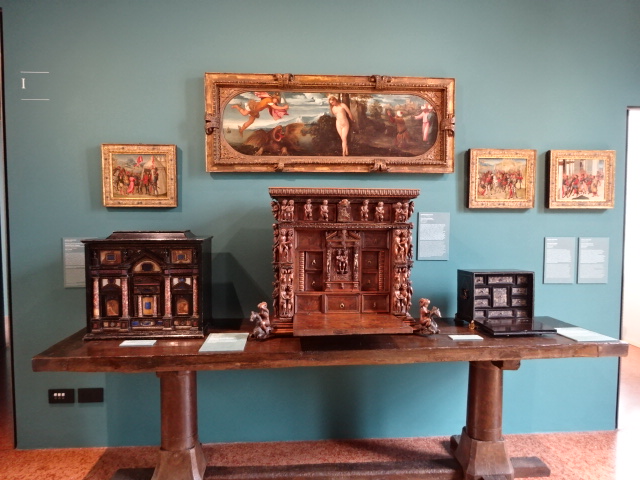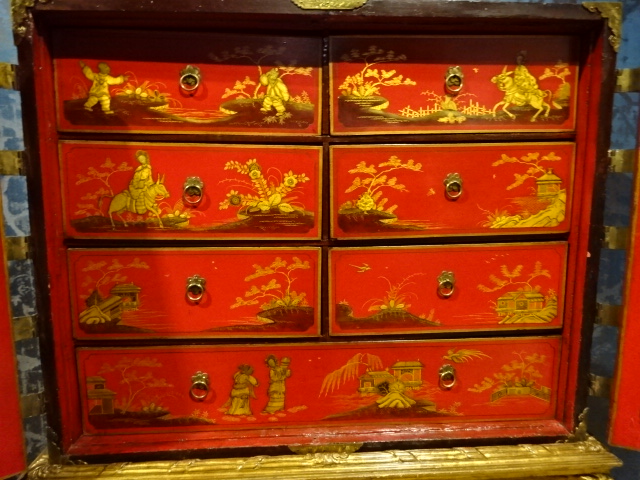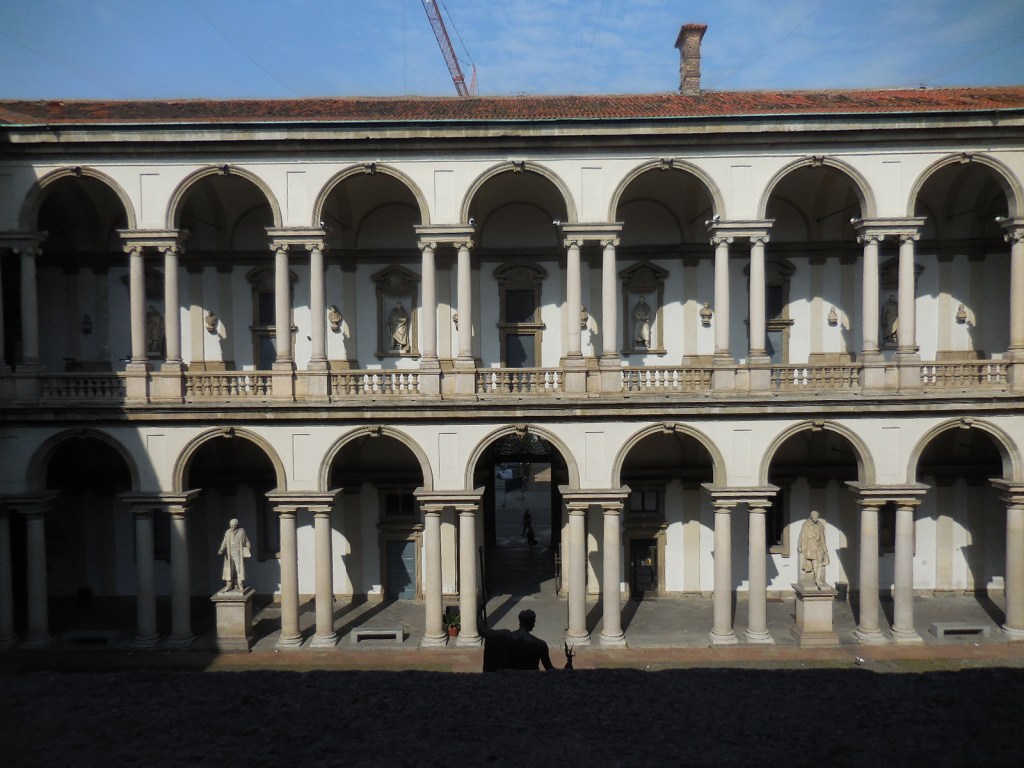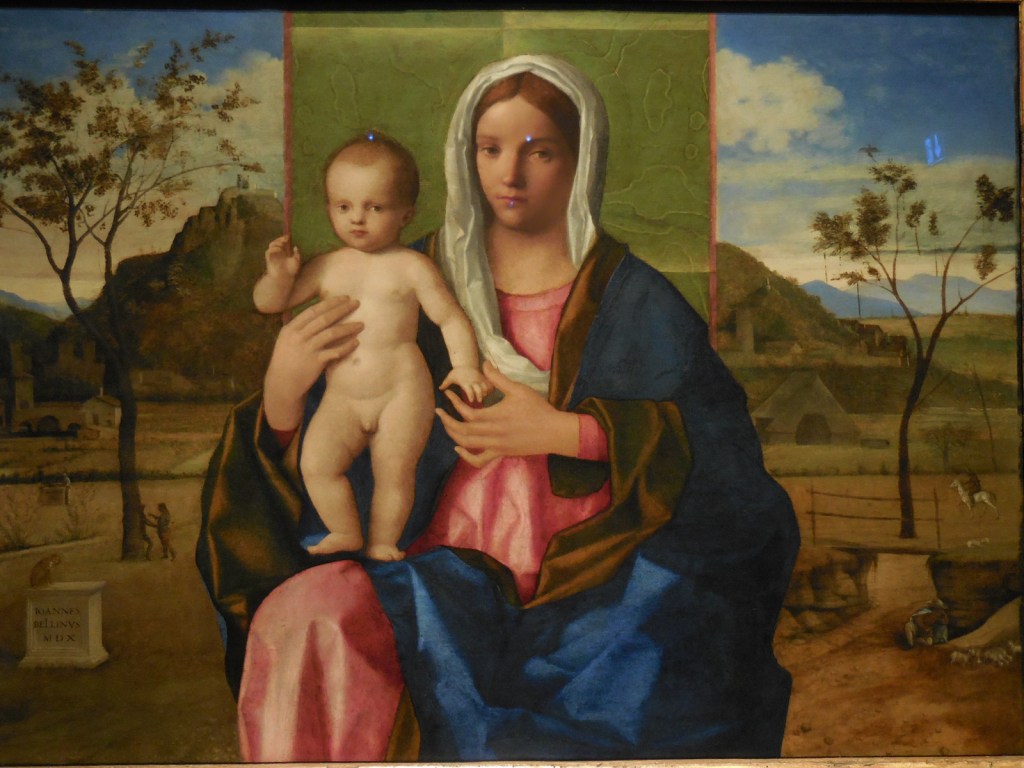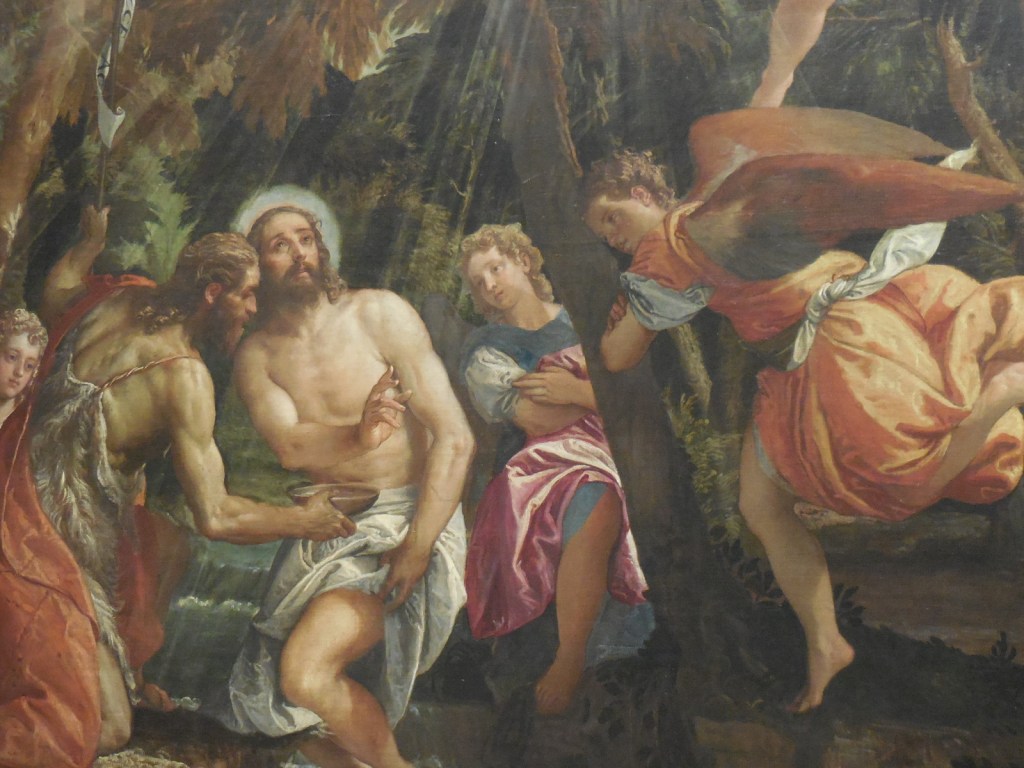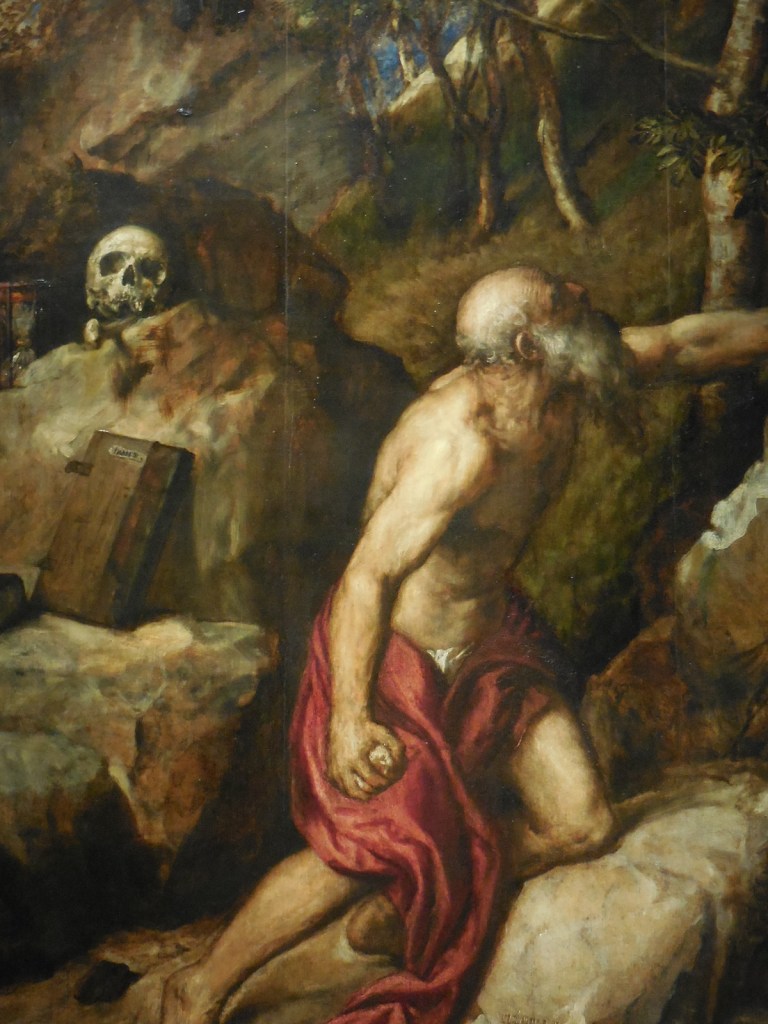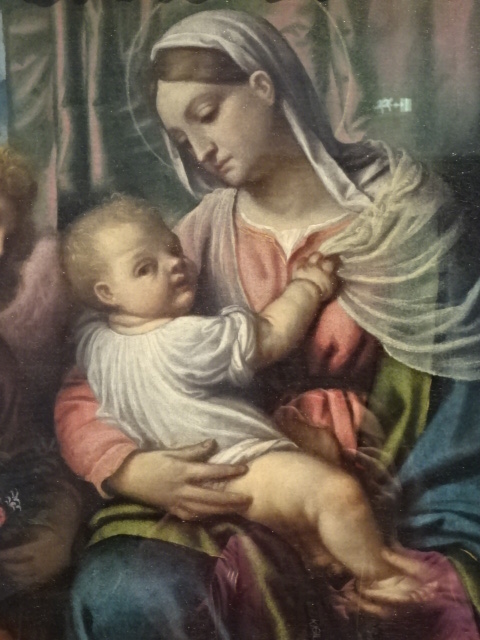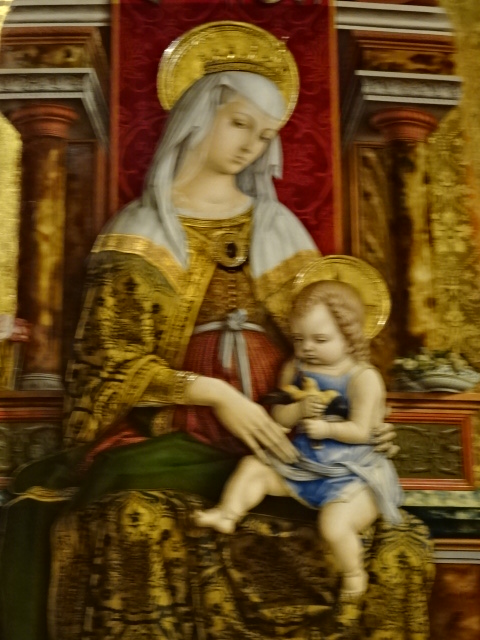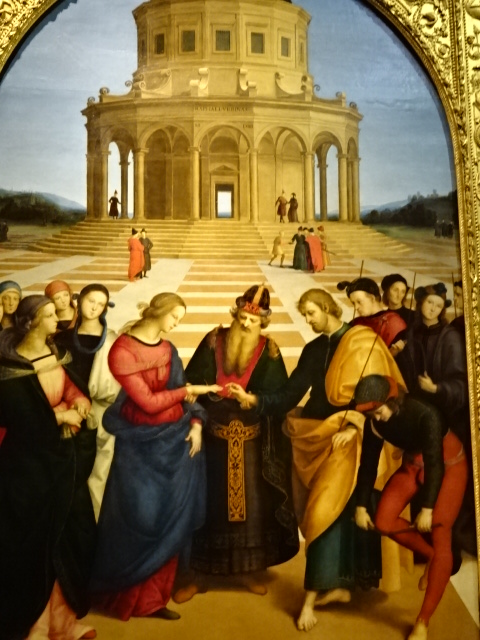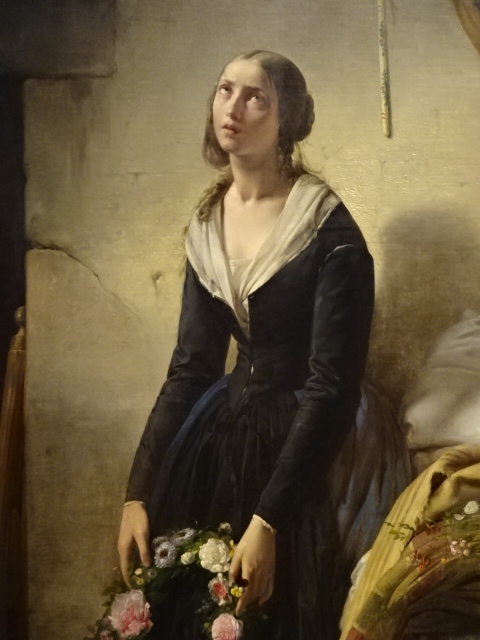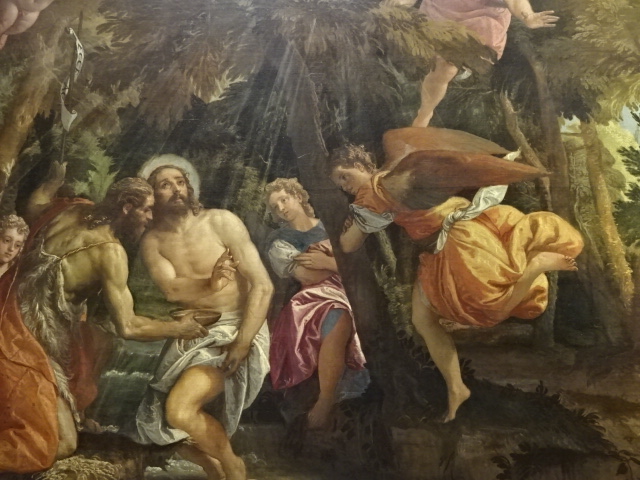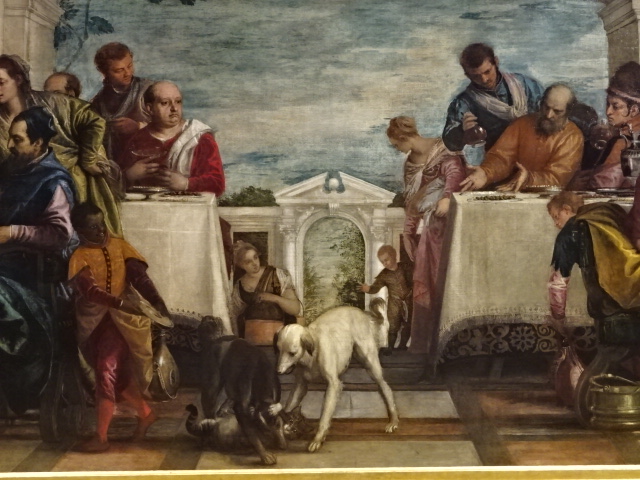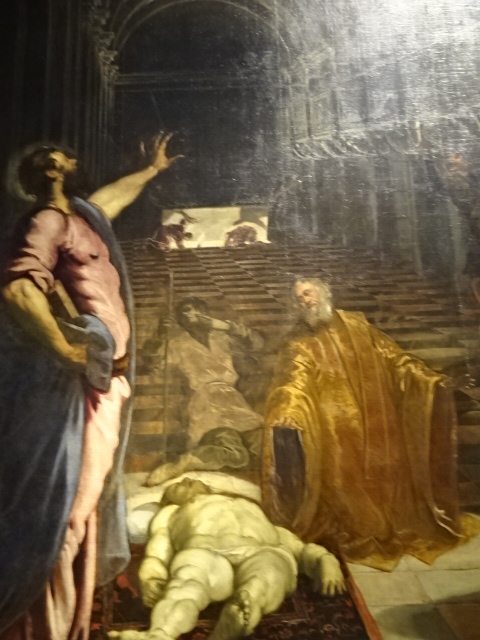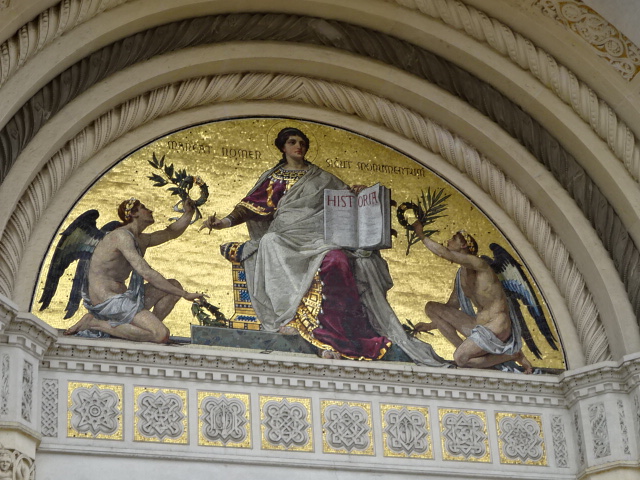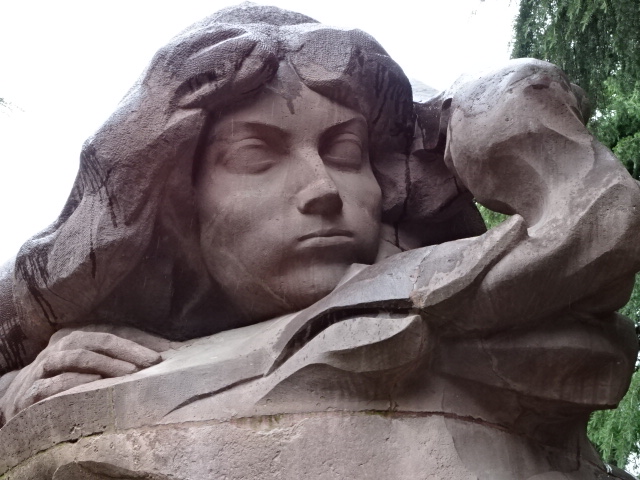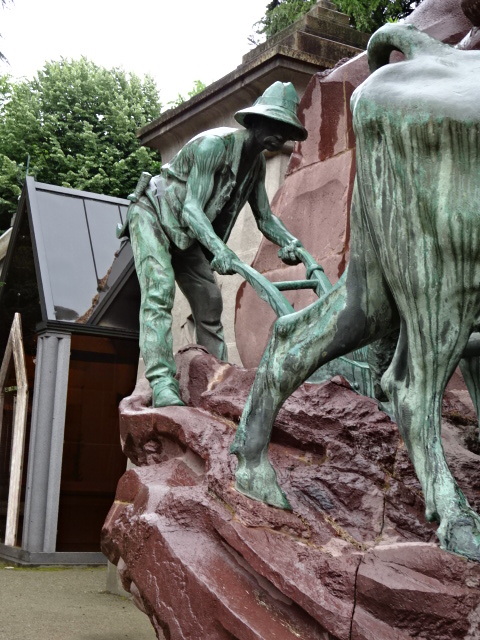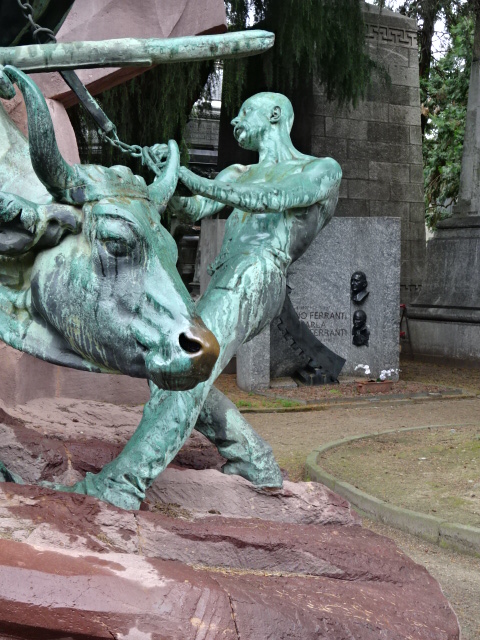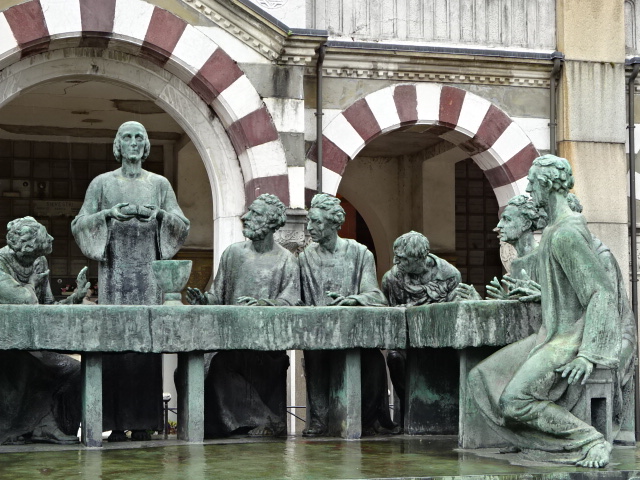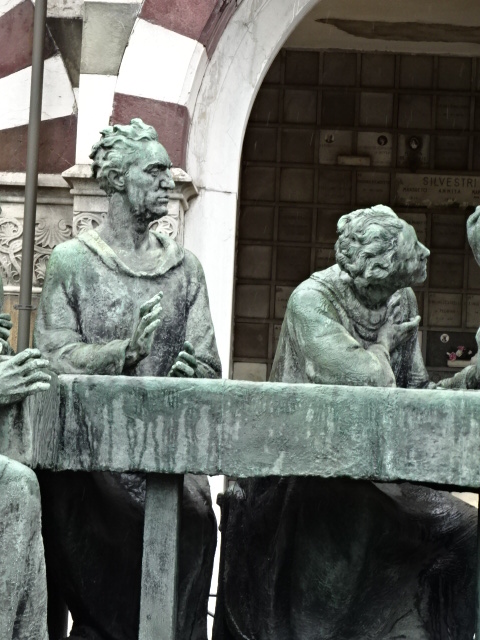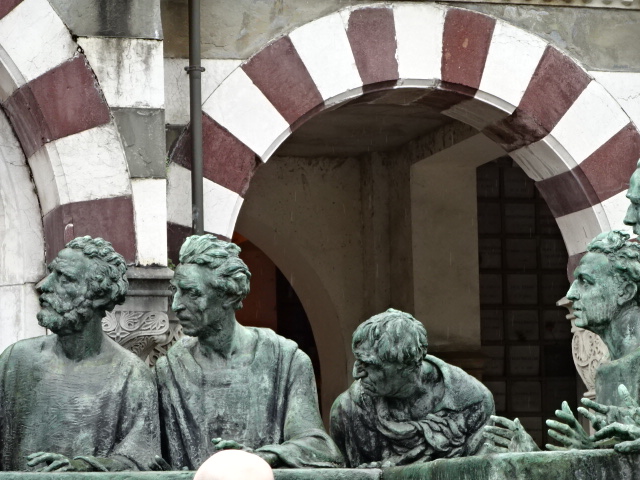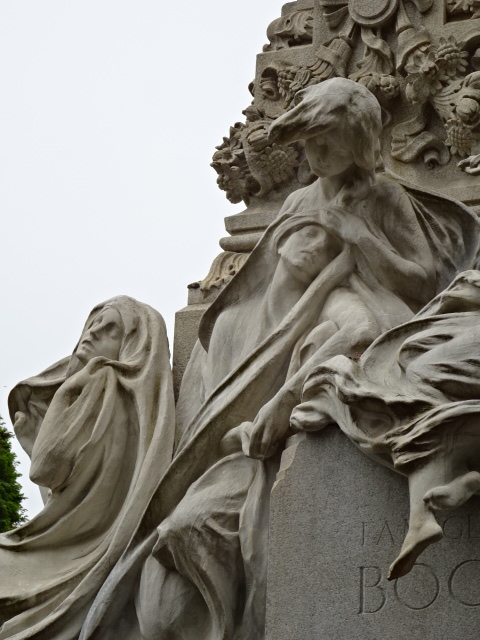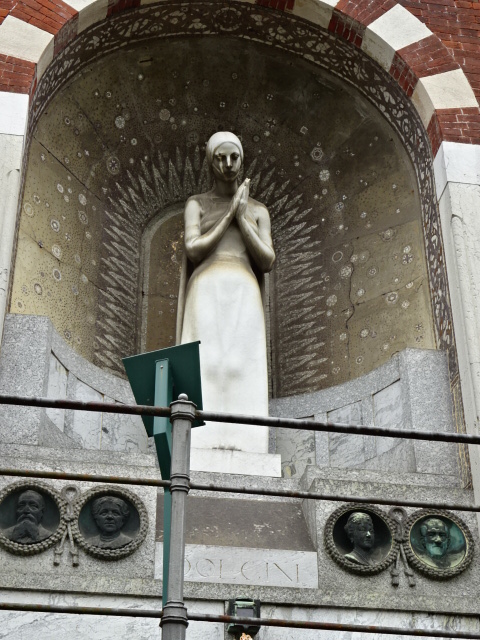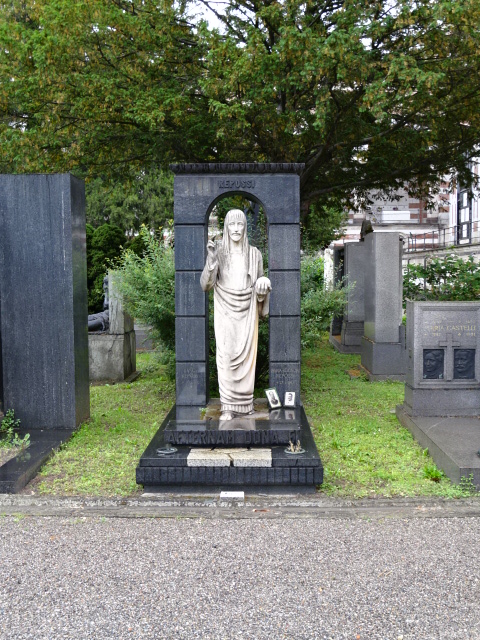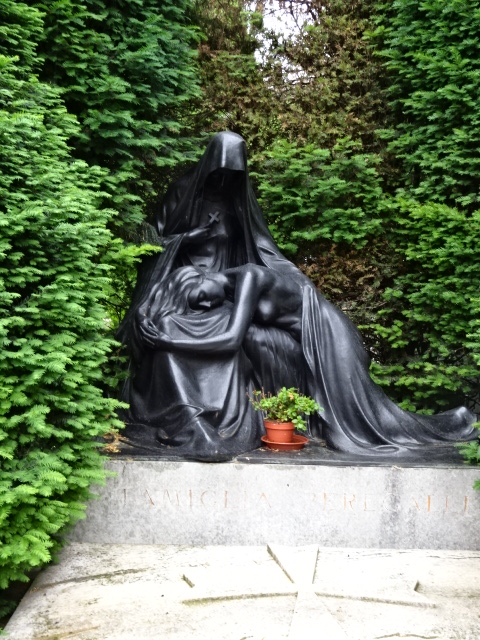
I first set eyes on this basilica during a day trip from Milan to Verona in 2023. The largest church in Verona, Dominicans began to build it in 1280. It is dedicated to both Saint Anastasia and Saint Peter, a Dominican and a patron of the city. The basilica’s Late Gothic façade was never completed but is stunning nonetheless. For the most part, it is made of brick, and the front includes a rose window. I also noticed a 15th century portal. Its belltower measures 72 m2 and has nine bells. With the exception of the façade, the church has been finished, a feat that took two centuries.

The amazing interior features a Latin cross plan with a nave and two aisles plus cross vaults. The columns are made of white and red marble. It contains many intriguing chapels, including one decorated with a fresco of Saint George and the Princess by Pisanello, dating from the 15th century. Two stoups are decorated with hunchbacks. The Baroque organ hails from 1625. The floor boasts of a red, white and black design.

The presbytery includes the main altar carved in light yellow marble. Twentieth century stained-glass windows and a 15th century fresco of the Annunciation are other highlights of this section. The mausoleum of Cortesia Serego shows off richly carved sculpture and remarkable painting. The left transept includes a fresco by the Second Master of Saint Zeno, a disciple of Giotto. It has three paintings featuring Saint Nicholas, Saint Cecilia, Saint Hyacinth and Saint Mary Magdalene, among others.

The Pelligrini Chapel with a superb fresco by that artist may be the best known of all the chapels. Art on the walls depict scenes from Christ’s life. A lunette has another exquisite fresco from the late 14th and early 15th century. The sarcophagus is adorned with stunning sculpture.
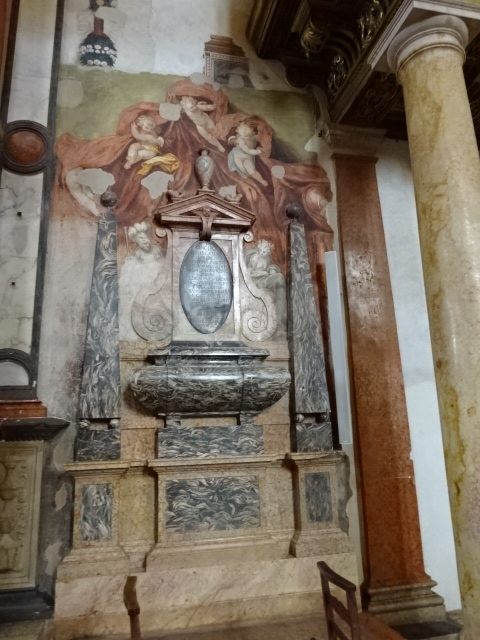
The other chapels are stunning, too. The Cavalli Chapel has a late 14th century fresco. Other frescoes, including ones depicting the Virgin and Child and Saint Christopher, add to the allure of this chapel. The Lavoagnoli Chapel, dating from the 15th century, features frescoes dedicated to Saint John the Baptist.

The Salerni Chapel shows off frescoes by the Second Master of Saint Zeno. This chapel hails from the 14th century. The stained-glass windows in the Giusti Chapel harken back to 1460. A 15th century wooden choir is part of the décor. The rudder of a ship hangs from the ceiling and dates from the Battle of Lepanto in 1571. The Rosary Chapel is dedicated to the victory of the Battle of Lepanto and hails from the late 16th and early 17th century. The paintings are exquisite. The Crucifix Chapel includes a 15th century wooden cross and a 15th century funerary monument.

Altars in the basilica are exquisite. The Bevilacqua-Lazise Altar, dedicated to the Virgin Mary, includes a marble sculptural grouping and a richly decorated frieze. Frescoes also make up the décor of this altar. The paintings in the Mazzoleni Altar from 1592 are noteworthy as well and include artwork by Liberale da Verona, showing three saints. The Centrego Altar features a painting of Our Lady enthroned between Saint Thomas and Saint Augustine by a Veronese artist. The Fregoso Altar is another outstanding piece of art.

I was overwhelmed by the superb art in this basilica. Both the exterior and the interior exhibit stunning beauty and masterful craftsmanship. This basilica was one of the highlights of my second trip to Verona.
Tracy A. Burns is a writer, proofreader and editor in Prague.

